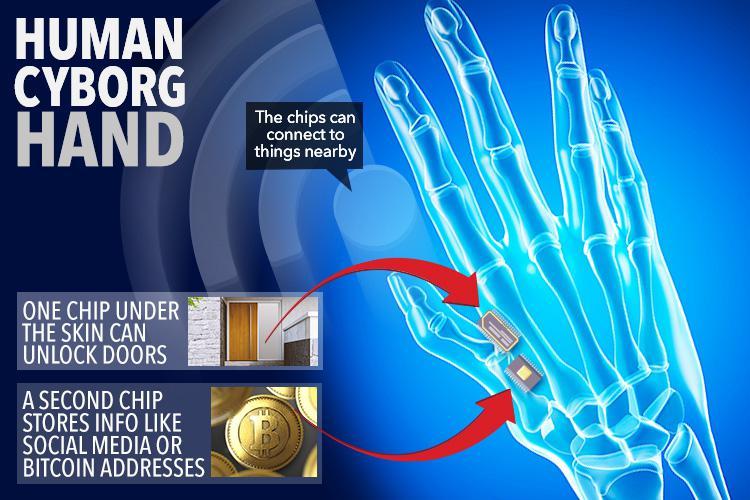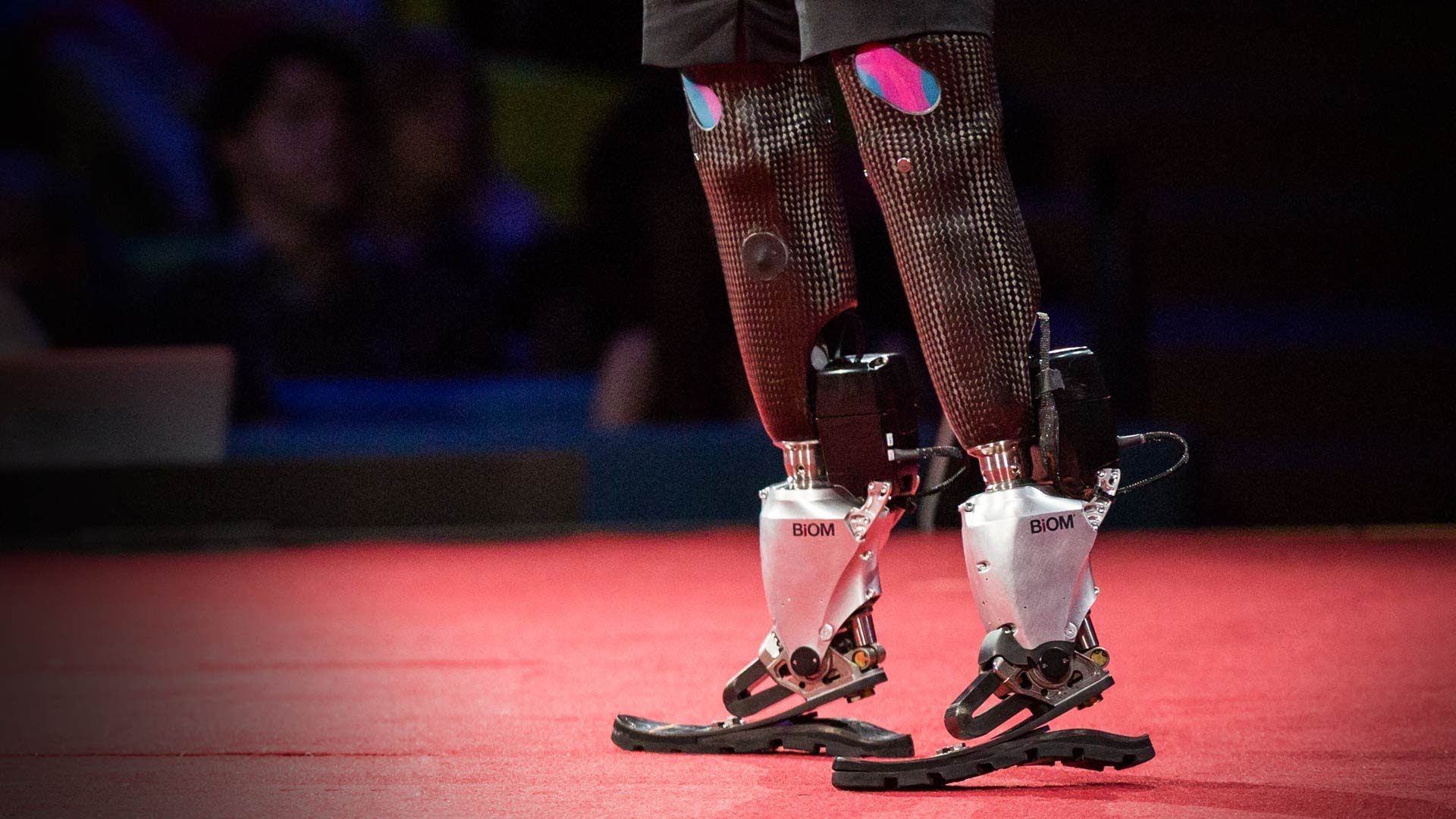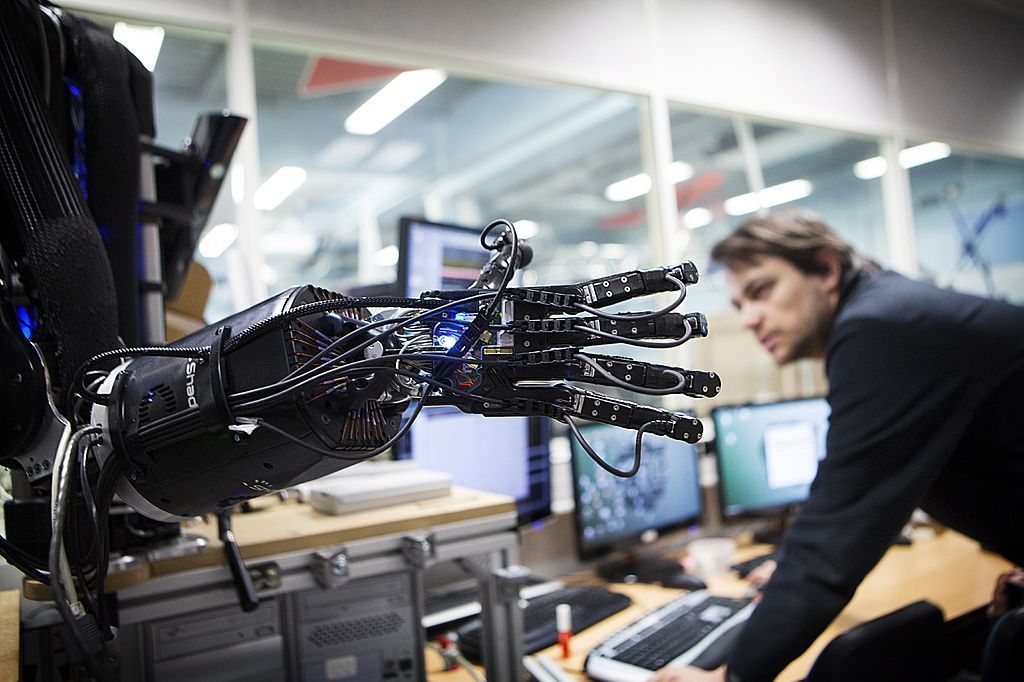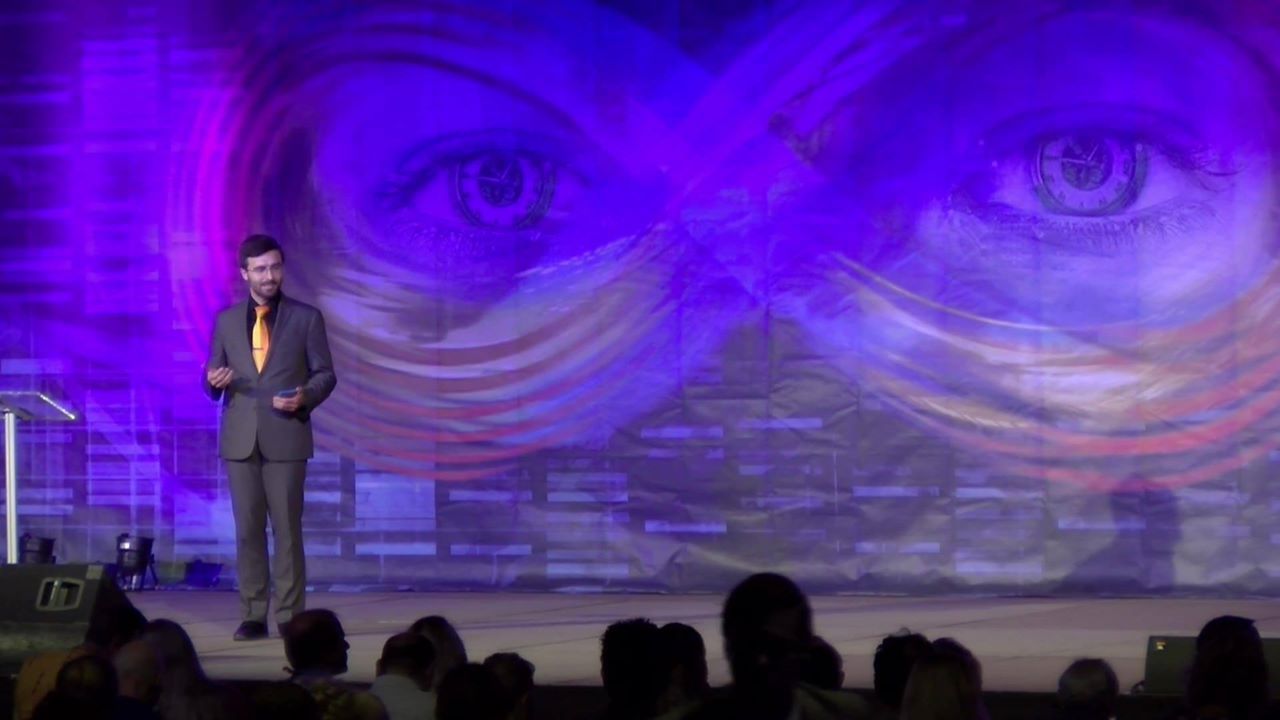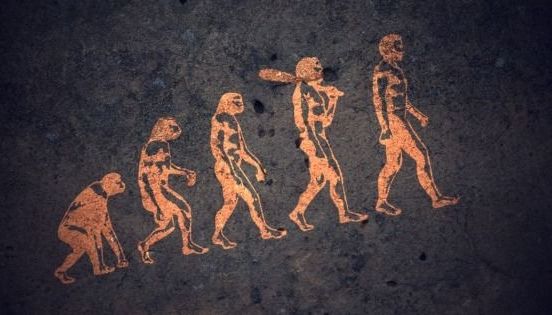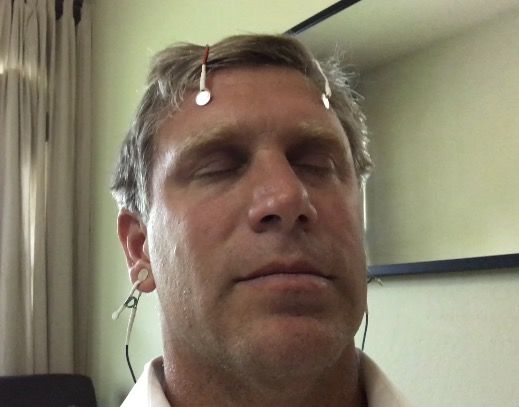
My new story for my #transhumanism column at Psychology Today on Direct Neurofeedback:
Transhumanism—the movement of using science and technology to improve the human being—covers many different fields of research. There are exoskeleton suits to help the disabled; there are stem cell treatments to cure disease; there are robots and AI to perform human chores. The field is wide open and booming as humanity uses more and more tech in its world.
It’s not that often I get to participate directly in these radical technologies, but I did so recently when Grant Rudolph, Clinical Director at Echo Rock Neurotherapy in Mill Valley, California invited me to try his Direct Neurofeedback techniques. Via his computer and EEG wire hookups, Mr. Rudolph echoed my brainwave information back into my head at an imperceptible level. I did two sessions of Direct Neurofeedback.
Continue reading “I Tried Direct Neurofeedback and the Results Surprised Me” »


